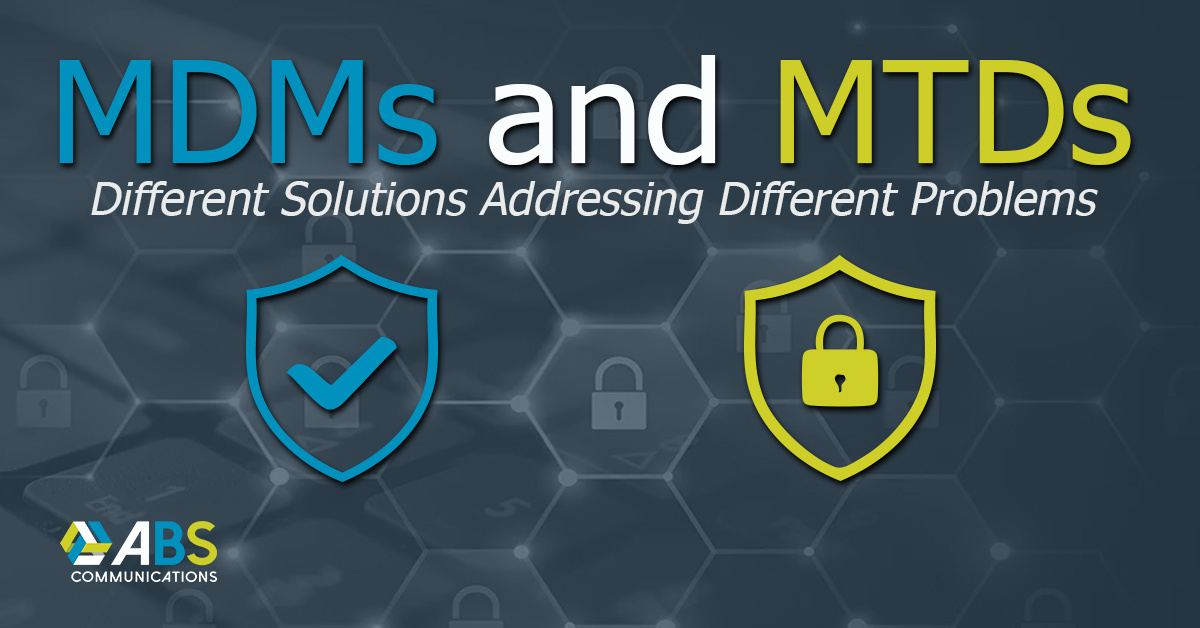Structured Cybersecurity Framework - Don't "Wing It"!

Do you build a Cybersecurity Program based on a standardized program or “wing-it"?
In today’s digital age, cybersecurity is more critical than ever. With the increasing number of cyber threats, businesses must ensure their security measures are robust and effective. While some might consider “winging it” when it comes to building a security program, using a structured cybersecurity framework is a far more sensible and effective approach. Here’s why:
Structured Approach
A cybersecurity framework provides a structured approach to building and maintaining a security program. Frameworks like NIST, ISO 27001, and CIS Controls offer comprehensive guidelines that cover all aspects of cybersecurity, from risk assessment to incident response. This structure ensures that no critical areas are overlooked, providing a solid foundation for your security program.
Consistency and Standardization
Using a recognized framework ensures consistency and standardization across your security practices. This is particularly important for organizations with multiple departments or locations. A standardized approach ensures that all parts of the organization adhere to the same security protocols, reducing the risk of vulnerabilities due to inconsistent practices.
Compliance and Regulatory Requirements
Many industries are subject to strict regulatory requirements regarding data protection and cybersecurity. Frameworks often align with these regulations, making it easier for organizations to achieve and maintain compliance. This not only helps avoid legal penalties but also builds trust with customers and partners.
Risk Management
Cybersecurity frameworks emphasize risk management, helping organizations identify, assess, and prioritize risks. By understanding the specific threats and vulnerabilities they face, businesses can allocate resources more effectively and implement targeted security measures. This proactive approach reduces the likelihood of successful cyberattacks and minimizes potential damage.
Continuous Improvement
Frameworks encourage continuous improvement through regular assessments and updates. Cyber threats are constantly evolving, and a static security program can quickly become outdated. By following a framework, organizations can stay ahead of emerging threats and continuously enhance their security posture.
Resource Optimization
Building a security program from scratch can be resource-intensive and time-consuming. Frameworks provide a ready-made blueprint, saving valuable time and resources. This allows organizations to focus on implementation and improvement rather than starting from square one.
Enhanced Incident Response
In the event of a security breach, having a framework-based security program ensures a well-defined incident response plan is in place. This enables organizations to respond quickly and effectively, minimizing the impact of the breach and facilitating a faster recovery.
Building Trust
Adopting a recognized cybersecurity framework demonstrates a commitment to security, building trust with customers, partners, and stakeholders. It shows that the organization takes cybersecurity seriously and is dedicated to protecting sensitive information.
Conclusion
While “winging it” might seem like a flexible and less burdensome approach, the risks far outweigh the benefits. A cybersecurity framework provides a structured, consistent, and comprehensive approach to building a security program, ensuring that all critical areas are addressed. By leveraging a framework, organizations can enhance their security posture, achieve compliance, manage risks effectively, and build trust with their stakeholders. In the ever-evolving landscape of cyber threats, a framework-based approach is not just sensible—it’s essential.


